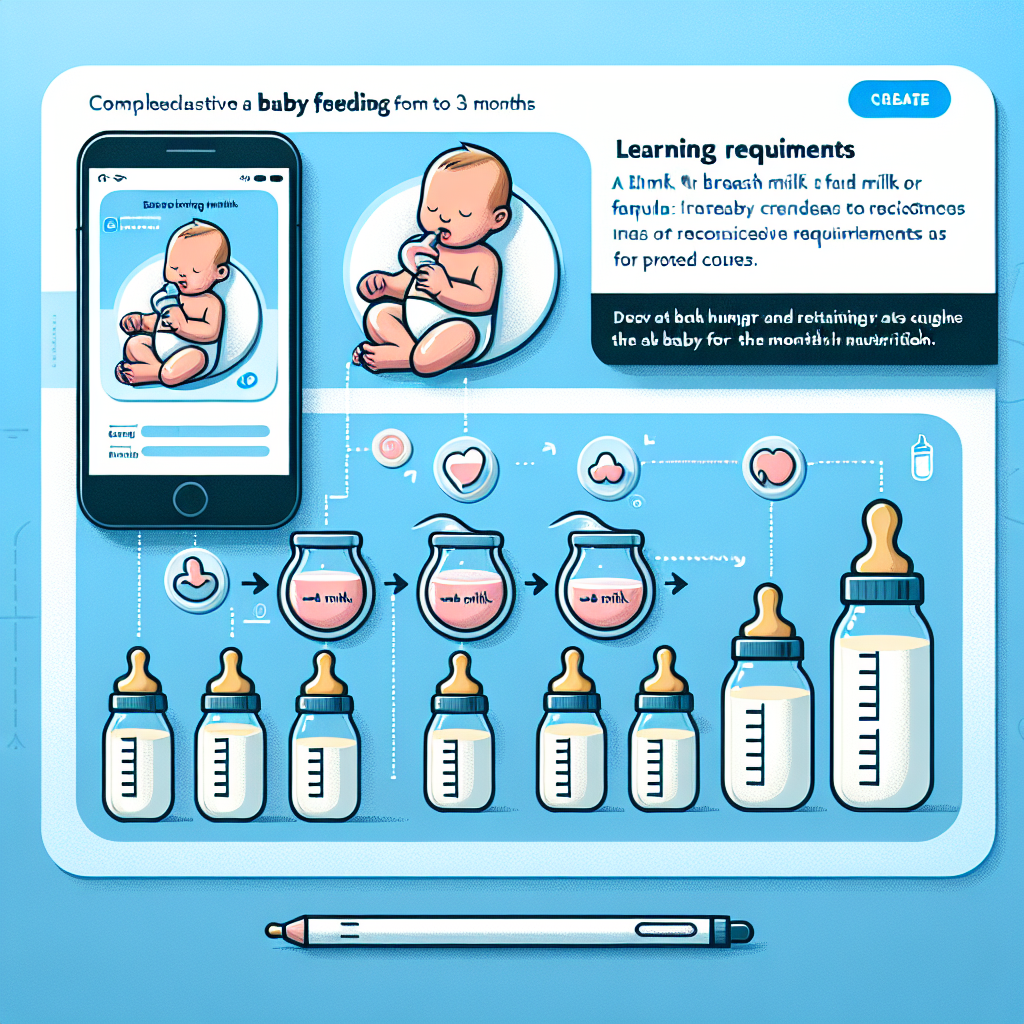Baby Feeding: Guide to Milk Amounts from 1 Week to 3 Months
The first stage in a newborn's life is marked by many challenges and joys, and nutrition plays a central role in the healthy development of the baby. Understanding the correct amounts of milk needed in the first three months of life is essential for parents. This guide will provide detailed information on how to navigate through these crucial stages of baby feeding.
Nutrition in the first week of life
The nutrition of the newborn begins with colostrum, which is produced in the first days after birth and is followed by breast milk or formula, depending on the feeding option chosen by the mother. Colostrum is rich in nutrients and antibodies, being perfect for the baby's needs in the first week of life.
A newborn baby will initially need about 1-2 teaspoons of milk every two to three hours. It's normal for babies to lose a little bit of their birth weight in the first few days, but they should start to gain it back once breast milk starts to come in more or formula feeds stabilize.
Milk quantities between Week 2 and Week 4
As the baby grows, its nutritional needs change. In the second week of life, the amount of milk required will begin to increase. At this age, the baby will consume around 60-90 ml of milk at each feeding, with around eight feeding sessions in 24 hours.
By the end of the first month of life, breastfed babies can feed on demand and those who are formula fed can consume about 90-120 ml of milk every four hours.
Food between Month 1 and Month 2
Once they reach one month, some babies start to have a more regular feeding schedule. During this period, they should take around 120-150 ml of milk every three to four hours, which means around 6-8 feeding sessions per day. It's important to watch your baby's hunger cues and adjust your feeding schedule accordingly.
Nutrition between Month 2 and Month 3
At this stage, the baby's growth rate may start to slow down a bit, but the milk requirement may increase to around 150-180ml per session. The number of feeding sessions can remain constant or decrease to about 5-6 per day, depending on the needs of the child.
At three months of age, some babies will begin to sleep for longer periods during the night, which will reduce the number of feedings needed.
Special Indications for Feeding Milk Through a Bottle
For parents who choose to bottle feed their baby, some pointers are essential. It is important to use bottles with age-appropriate teats, hold the bottle in an inclined position to prevent air swallowing and take regular breaks to allow the baby to burp.
If you use formula, always follow the preparation and storage instructions to ensure baby's safety. It is also important not to overfeed the baby and to recognize signs of satiety, such as turning the head or refusing the bottle.
Baby Food As It Grows
As your baby grows and develops, it is essential to adjust the amount and frequency of feedings according to their needs. There is no universally valid answer because every child is unique and will have different rates of growth and development. Consider the child's hunger and satiety signals and consult with a pediatrician if you have doubts or questions.
Conclusion
Baby feeding in the first three months of life is based on responses to hunger signals and individual growth needs. Each stage comes with its own challenges and victories. By following this guide, parents can be confident that they are feeding their baby correctly, thus contributing to the healthy development of the little one. Always make sure you get tailored advice from health professionals and monitor your baby's signs of good development.
If you have any questions or would like more information, feel free to visit our nutrition section of the website or subscribe to our newsletter for regular tips and updates.














































































































































